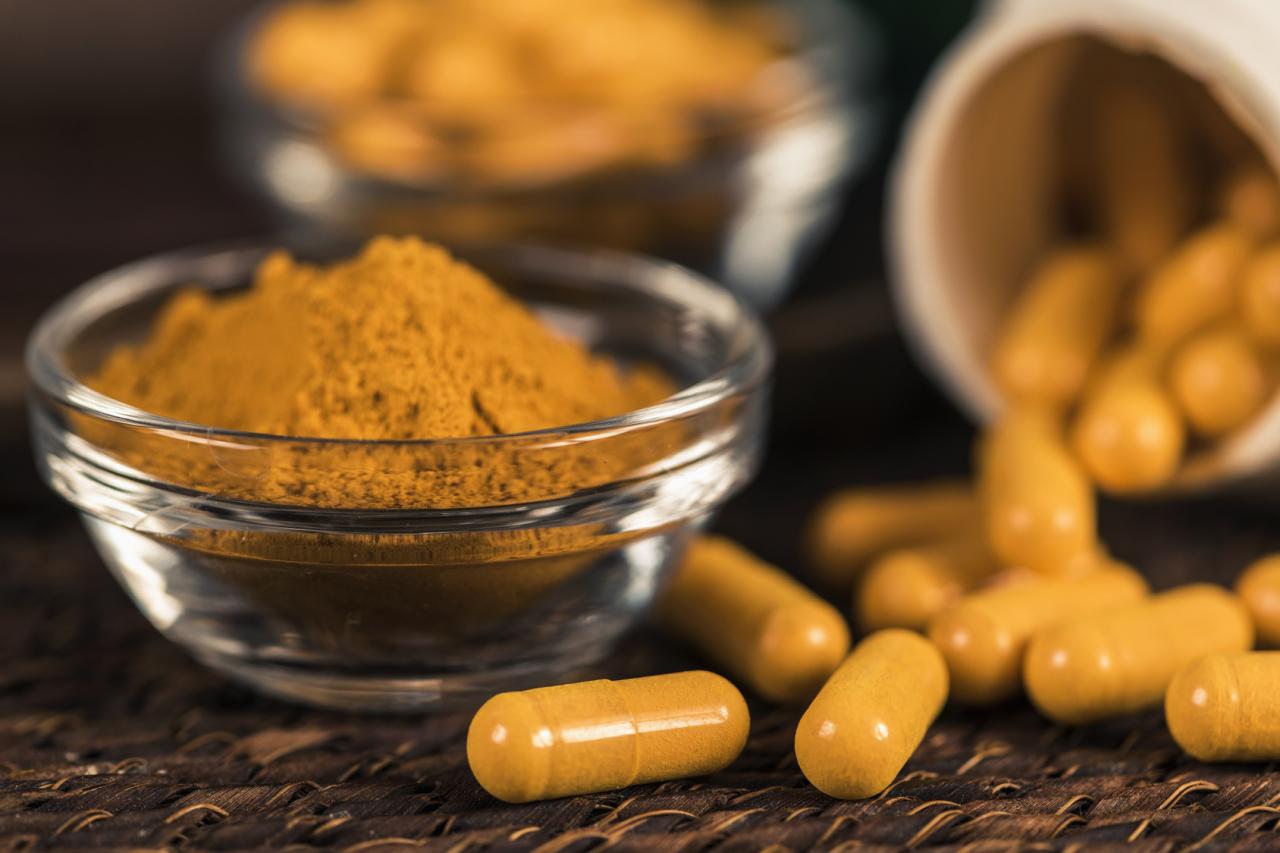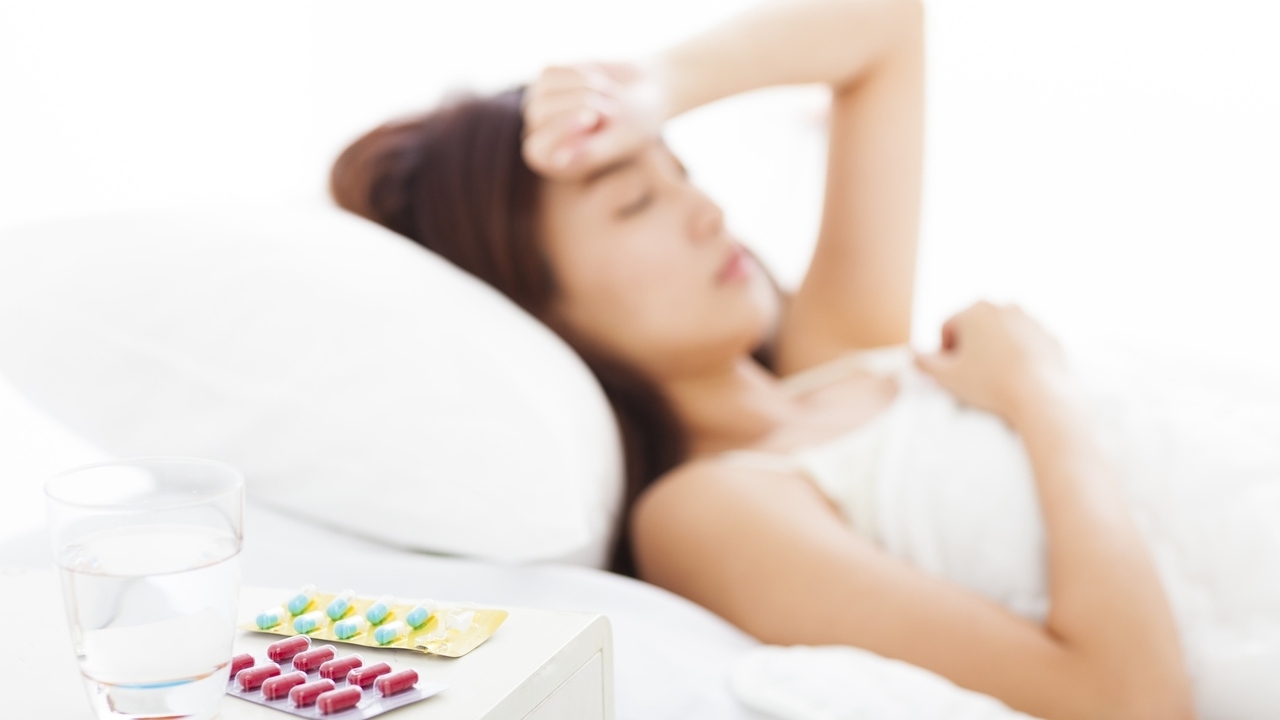Millions of people suffer from migraine headaches, with estimates from approximately 11 percent to 20 percent of the population depending on what source you use. Migraines are three times more common in women than they are in men.
Migraine is a type of headache, but it is also a medical condition. Migraines can be severe. Pain is often on one side of the head, and vision is affected. They are usually accompanied by symptoms such as visual changes, nausea, vomiting, and sensitivity to light and/or sound. Some people see flashing lights, waves of heat, or spots as the migraine comes on.
Migraines tend to run in families, and get less severe with age. They are the most disabling form of headache, meaning they’re bad enough to see a doctor for treatment. They most commonly affect women from 15 to 55 years old.
No one knows exactly what causes migraines, but there are some common triggers that start the pain off for many people:
• lack of or too much sleep
• skipped meals
• bright lights, loud noises, or strong odors
• hormone changes during the menstrual cycle
• stress and anxiety, or relaxation after stress
• weather changes
• alcohol (often red wine)
• caffeine (too much or withdrawal)
• foods that contain nitrates, such as hot dogs and lunch meats
• foods that contain MSG (monosodium glutamate), a flavor enhancer found in fast foods, broths, seasonings, and spices
• foods that contain tyramine, such as aged cheeses, soy products, fava beans, hard sausages, smoked fish, and Chianti wine
• aspartame (NutraSweet® and Equal®) (From the NINDS.NIH.GOV/DISORDERS/HEADACHE page.)
To figure out your triggers, keep a migraine diary. Track your intake and migraine symptoms and see if there is a correlation.
Migraines are divided into four phases:
First, the premonitory phase is up to 24 hours before the headache begins. Symptoms may include food cravings, unexplained mood changes, uncontrollable yawning, fluid retention, or increased urination.
Then the aura: Some people will see flashing or bright lights or what looks like heat waves immediately prior to or during the migraine, while others may experience muscle weakness or the sensation of being touched or grabbed
Headache. A migraine usually starts gradually and builds in intensity. It is possible to have migraine without a headache.
Postdrome (after the headache). Individuals are often exhausted or confused following a migraine. The postdrome period may last up to a day before people feel healthy. (Phases also from http://www.ninds.nih.gov/disorders/headache/detail_headache.htm)
Sources:
Medline Plus from the NLM and NIH
http://www.nlm.nih.gov/medlineplus/ency/article/000798.htm
National Institutes of Neurological Disorders and Stroke
http://www.ninds.nih.gov/disorders/headache/detail_headache.htm
Women’s Health.Gov
http://www.womenshealth.gov/faq/migraine.cfm





Add a Comment1 Comments
Great article. Very Informative. I have a woman right now who I'm going to share this article with. She is suffering from migraines to the point of not being able to function for half the month. It's really affecting her quality of life.
May 13, 2010 - 11:00amThis Comment